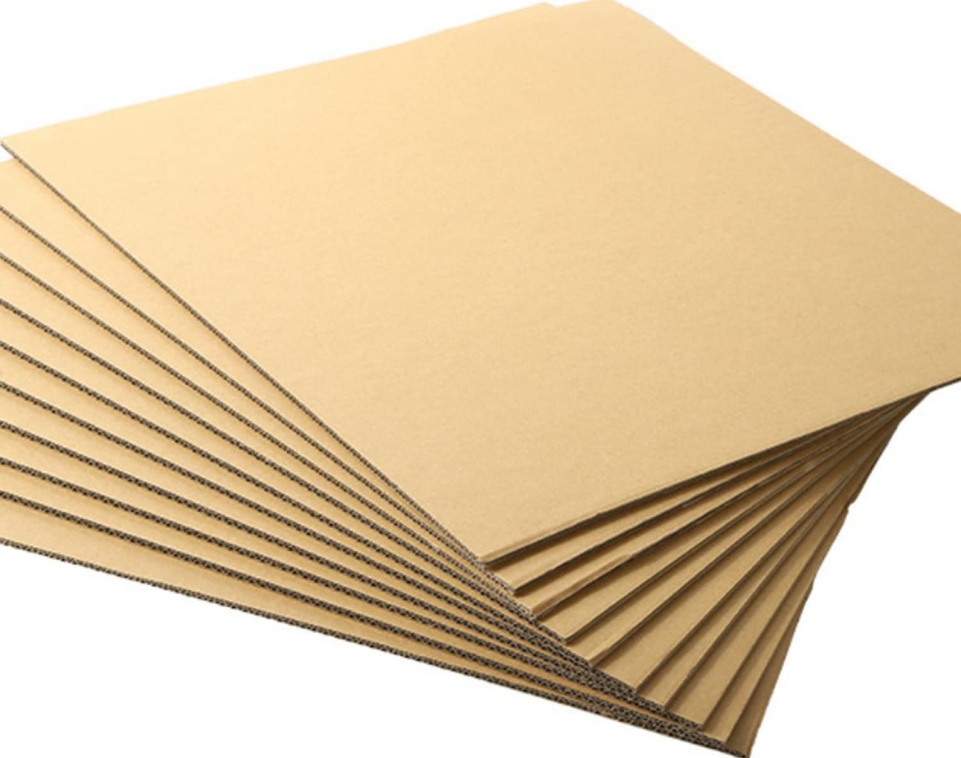Cardboard recycling: Processes, Trends and Significance
2025,10,29
1. Recycling process
The main process of waste paper recycling includes collection, classification, transportation, pretreatment, crushing, screening, deinking, purification, drying and other links. The specific steps are as follows:
?
- Collection and classification: Classification from the source, families, offices and other places should be put waste paper and other garbage separately, different types of waste paper should be further subdivided for subsequent treatment.
?
- Transport and pretreatment: The collected waste paper needs to be sorted out to remove non-paper impurities such as plastics and metals before being transported to the recycled paper plant.
?
- Crushing and screening: The waste paper arriving at the recycled paper mill is processed by a crusher and then the pulp fibers are separated from impurities through a screening device.
?
- Deinking and purification: In order to improve the quality of recycled paper, it is necessary to deinking the pulp, remove ink and other pollutants by chemical or physical methods, and then further remove residual impurities and chemicals through purification processes.
?
- Drying and paper making: The purified pulp is processed by the dryer and then fed into the paper machine to produce recycled paper products.
?
2. Core application fields
Paperboard recycling belongs to the category of waste paper recycling. Its application covers multiple industrial chain links, and the core scene focuses on pulping, packaging materials and emerging materials.
?
- Pulping process: As a recycled pulp raw material, it is used to produce all kinds of paper and paperboard, reducing the dependence on native wood pulp.
?
- carton board production: Recycled cardboard can be made into corrugated, kraft carton board, etc., widely used in packaging industry.
?
- Material innovation: Through technical processing, it can be transformed into environmentally friendly materials (such as buffer materials, decorative plates) and expanded to the fields of construction and home furnishing.
?
?
3. Future development trends
Policy driven: The government will increase support, introduce regulations to regulate the development of the industry, and promote the improvement of the recycling system.
?
Technology upgrade: Intelligent classification, deinking screening technology popularization, improve the recovery rate and pulp quality.
?
International cooperation: Strengthen global resource coordination, meet environmental challenges, and promote technology and market sharing.
?
Increased competition: Enterprises need to enhance competitiveness through technological innovation and industrial chain integration, and industry concentration may increase.
?
4. Significance and Value
Environmental protection significance
- Saving resources: Recycling cardboard can effectively save forest resources and reduce the need for natural forest deforestation.According to the data, every ton of waste cardboard can be recycled 0.7 tons of new cardboard, which is equivalent to saving 17 trees.This will not only help protect the environment, but also reduce energy consumption.
?
- Reduce pollution: Paperboard production produces a lot of pollutants, and recycling paperboard can reduce pollution emissions during production.According to statistics, the waste water produced by the production of one ton of paperboard is about 200 tons, and the waste gas is about 400 cubic meters.Recycling waste paperboard can significantly reduce environmental pollution.
?
- Reduce landfill and incineration: If the waste paperboard is not treated effectively, it will occupy a lot of land and cause environmental pollution.By recycling, the pollution generated during landfill and incineration can be reduced.
?
Economic benefits
- Create economic value: The waste paperboard recycling industry has a huge market potential, creating employment opportunities and economic benefits for related enterprises and industries.Our country paperboard recycling industry can realize output value of about 10 billion yuan every year, provides about 2 million jobs.
?
- Reduce production costs: Recycling cardboard can reduce the production costs of enterprises.Through the introduction of advanced equipment and technology, a well-known paper enterprise has realized the efficient recycling and reuse of waste paper, which not only reduces production costs, but also improves product quality and market competitiveness.
?
- High return entrepreneurial project: Waste cardboard recycling has become a blue ocean project in the field of environmental protection entrepreneurship.Through professional sorting and large-scale processing, each ton of waste paperboard can create a profit difference of 300-500 yuan, and truly realize the commercial closed loop of turning waste into treasure.



